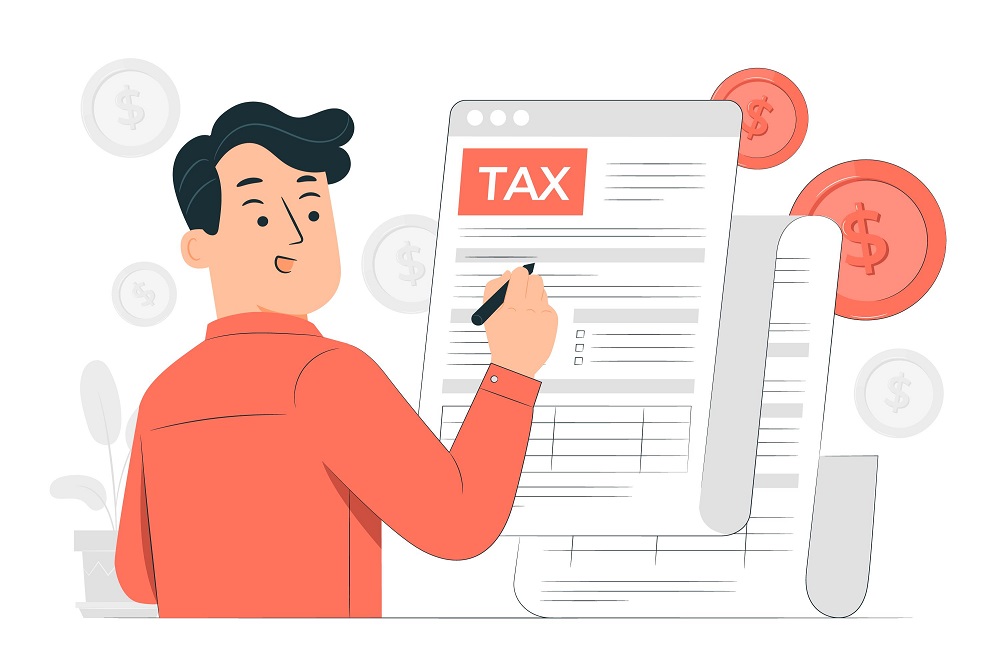It’s the digital era! Businesses can no longer function without integrating digital platforms and cloud-based software in their operations. Keeping up with the trend is imperative to remain relevant in the market.
Moreover, businesses that adopt an e-invoice system will be eligible for the input tax credit on the purchases made. E-Invoicing reduces paperwork and makes it easier for businesses to handle their accounting records.
E-invoice is not a new concept as it has been widely implemented across various industries like logistics, retail, hospitality, etc. It helps businesses save time and money by increasing efficiency and reducing paperwork. Under the new Goods and Services Tax (GST) regime, e-invoicing under GST is an important document that facilitates the procurement process of business entities. Here is everything you need to know about e-invoicing under GST…
What is an e-invoice?
An e-invoice is an electronic copy of a paper invoice, which can be either generated manually or through software.
An e-invoice is used for bookkeeping and tax purposes. It has the same information on it as a paper invoice, but it is in digital format. It is a document sent by a seller to a buyer to inform him/her about the details of the sale.
When you sell goods or services, you need to inform your buyers about details like the item/service name, price, the amount paid, net amount, taxes, delivery details, terms, and conditions, etc. You can use e-invoices for all your business-to-business (B2B) and business-to-consumer (B2C) transactions.
Electronic way of invoicing
An electronic way of invoicing is the process of issuing invoices through an online platform. A business has to follow certain standards to be able to issue an invoice electronically. If a business is issuing an invoice through an electronic way of invoicing, then it does not get any input tax credit.
Why should you use e-invoicing under GST?
All the businesses registered under GST have to maintain a record of their transactions. It is mandatory to issue an invoice for all your transactions. In the absence of an e-invoice, the buyer may not be eligible for an input tax credit.
Therefore, you have to issue e-invoices for your transactions. E-invoicing helps in a seamless automated way of generation of invoices. It also reduces mistakes that occur while the manual generation of invoices. Also, it makes your business easier to be audited by the GST authorities.
How does e-invoicing work?
For a B2B transaction, both parties will log in to their respective GST portal and click on the ‘issue invoice’ link. This will lead the user to complete their details and generate an invoice.
The invoice generated will be sent to the buyer through email. For a B2C transaction, the vendor will have to generate an invoice with GST as one of the terms. It will be sent to the customer via email. The customer will respond to the invoice by clicking on the ‘Pay’ button. The payment will be channelized through the GST portal of the vendor.
Differences between the Electronic way of invoicing and E-Invoicing
The main difference between the two is that e-invoicing is the process of issuing an invoice electronically, whereas an electronic way of issuing an invoice is the process of issuing an invoice through software. E-invoicing is the process of generating a GST-IN-compliant invoice. A business has to follow certain standards to issue an invoice electronically.
Key takeaways
E-invoicing is an important document that facilitates the procurement process of business entities. Businesses can no longer function without integrating digital platforms and cloud-based software in their operations.
E-invoicing helps in a seamless automated way of generation of invoices. It also reduces mistakes that occur while the manual generation of invoices. It is the digital era; businesses can no longer function without integrating digital platforms and cloud-based software in their operations.
Keeping up with the trend is imperative to remain relevant in the market. Moreover, businesses that adopt e-invoicing will be eligible for an input tax credits on the purchases made. E-invoicing reduces paperwork and makes it easier for businesses to handle their accounting records. E-invoicing is an important document that facilitates the procurement process of business entities.

